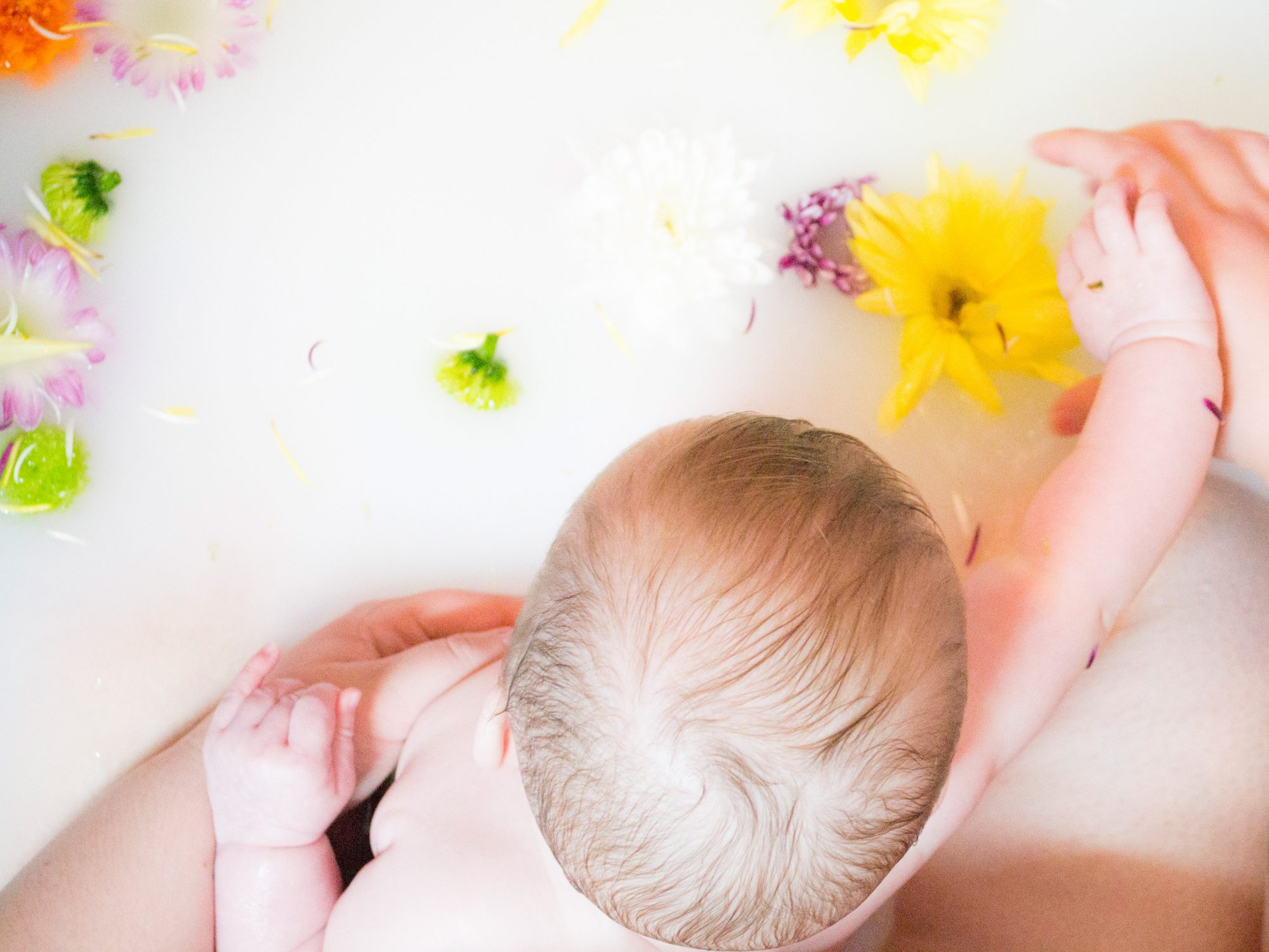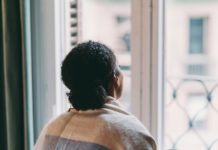
Breastfeeding isn't the only way your baby can benefit from the healing powers of breastmilk. Giving your baby a milk bath has long been a popular (and all-natural way) for soothing common skin issues ranging from dryness and diaper rash to acne and eczema.
Don't worry—we're not suggesting that you dunk your babe in a tub filled to the brim with breastmilk. You'll only need a little bit of pumped breastmilk to transform baby's bath into a soothing, spa-like experience. That's really all it takes, because human breastmilk is positively packed with anti-inflammatory, anti-bacterial properties.
Pediatrician Tanya Altmann, M.D. author of the American Academy of Pediatrics books Baby and Toddler Basics and Your Infant's First Year, notes that breastmilk contains many ingredients found in skin moisturizers—including fat, protein, carbohydrates, vitamins, and minerals. "It's not surprising that it could be beneficial for skin," Dr. Altmann says. "Antibodies contained in breast milk can also help with many minor skin irritations and infections. That's the rationale behind putting a drop or two of breast milk in the eye for minor irritation or infection, or on baby acne or a diaper rash. It often helps!"
What Are the Benefits of Milk Baths?
Dr. Altmann notes that there's minimal research to back up milk baths, but many patients have used the method to successfully soothe and hydrate their infants' rashes and dry, irritated skin. Breast milk baths have been used to treat and prevent common skin issues in babies including:
How to Give Your Baby a Milk Bath
Giving your baby a DIY milk bath is as easy as regular bathtime, with the simple addition of a splash of milk. For her milk bath recipe, lactation consultant Polly Gannon recommends using about 150-350 milliliters of breastmilk—just enough to make the water look cloudy or milky. "Don't use too much milk, otherwise it'll cause the baby to smell milky," Gannon warns.
You can use fresh or stored breastmilk for a milk bath, but frozen breastmilk should be thawed before adding it to the warm bath water. Once the milk is ready, follow these steps to give baby a milk bath:
If all goes well, you could see a marked improvement in your child's skin following their breastmilk bath, but do keep a close eye on any irritation that may require additional treatment. "I can't see any danger to adding breast milk to your infant's bath," Dr. Altmann says, "but it's always a good idea to talk to your own pediatrician if your infant has any skin rashes or irritation not improving."





